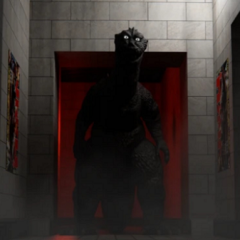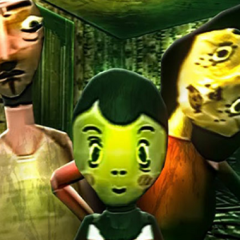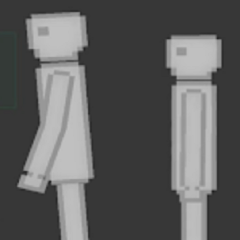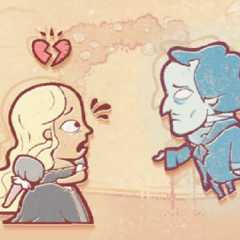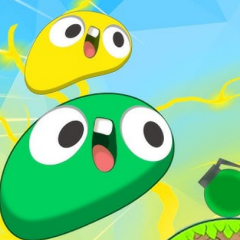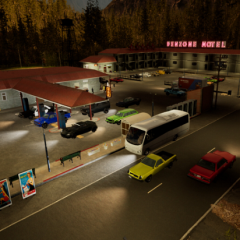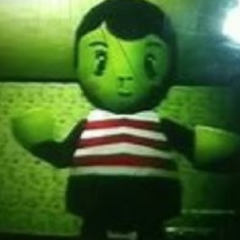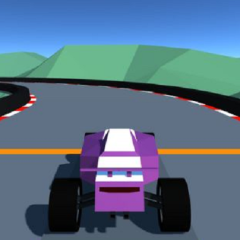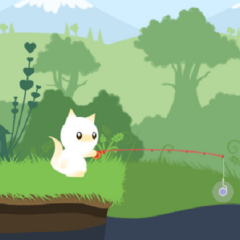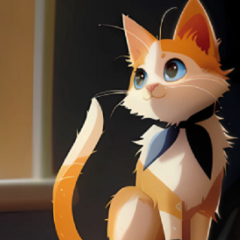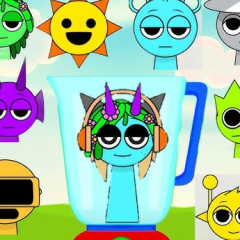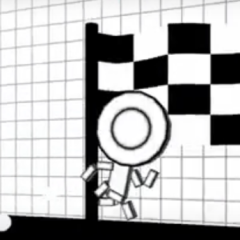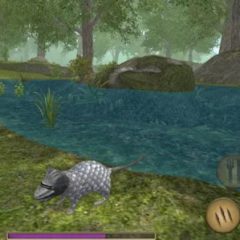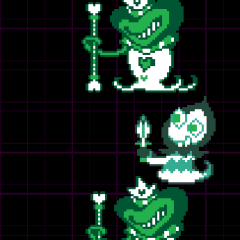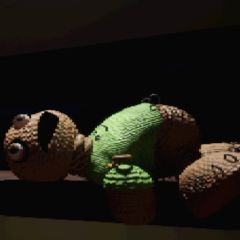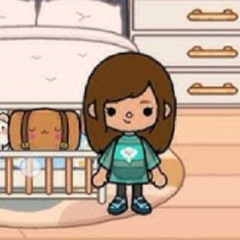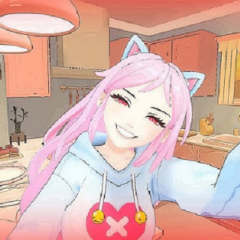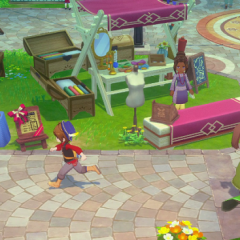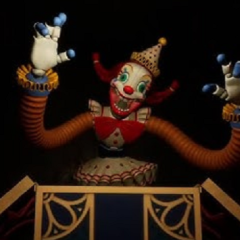Don’t Eat the Cashier! begins with the player taking a night job that appears harmless. You are a cashier in a gas station that stays open long past midnight. The task is simple: ring up items, greet customers, and keep the shelves stocked. But as time passes, it becomes clear that your customers are not human. They talk, smile, and stare too long. Some act friendly, others unsettlingly calm. The clock on the wall seems stuck, and each new face behind the glass door deepens the feeling that morning may never come.
Dialogue as Defense
Every decision in Don’t Eat the Cashier! is made through words. The player’s speech is the only protection in a space filled with beings that might attack or might not. Conversations unfold slowly, with pauses that feel dangerous. What you say determines how long you last. A single line can change the direction of the night—turning an exchange into either an alliance or a trap. The game replaces action with communication, making small talk a survival skill. You are not asked to fight; you are asked to read tone and react correctly.
Rules of the Night
The structure of the gameplay can be summarized through its basic tasks and challenges:
· Listen carefully to how each creature speaks.
· Avoid direct confrontation or sarcasm.
· Complete store duties without neglecting safety.
· Balance politeness with caution.
· Reach one of several endings shaped by trust and fear.
The system turns conversation into a resource, and silence becomes both protection and danger. The player must decide when to talk, when to stay quiet, and when to act indifferent.
Monsters and Meaning
The monsters who enter the station are varied in form and purpose. Some appear curious, others lost or hungry. They are reflections of need rather than evil. The player learns to treat every encounter as a test of empathy. The boundaries between prey and predator blur as the cashier begins to resemble the creatures being served. Each exchange exposes more about the nature of the world outside, which may not be a world at all but a loop of night and transaction.
Closing the Door
When the final customer leaves—or when the cashier disappears—the question remains the same: who consumed whom? Don’t Eat the Cashier! ends without clear resolution. The title becomes a warning and an irony, suggesting that the act of survival is also an act of surrender. The job was supposed to be temporary, yet the night shift feels endless, as if the store itself feeds on conversation, patience, and fear.





